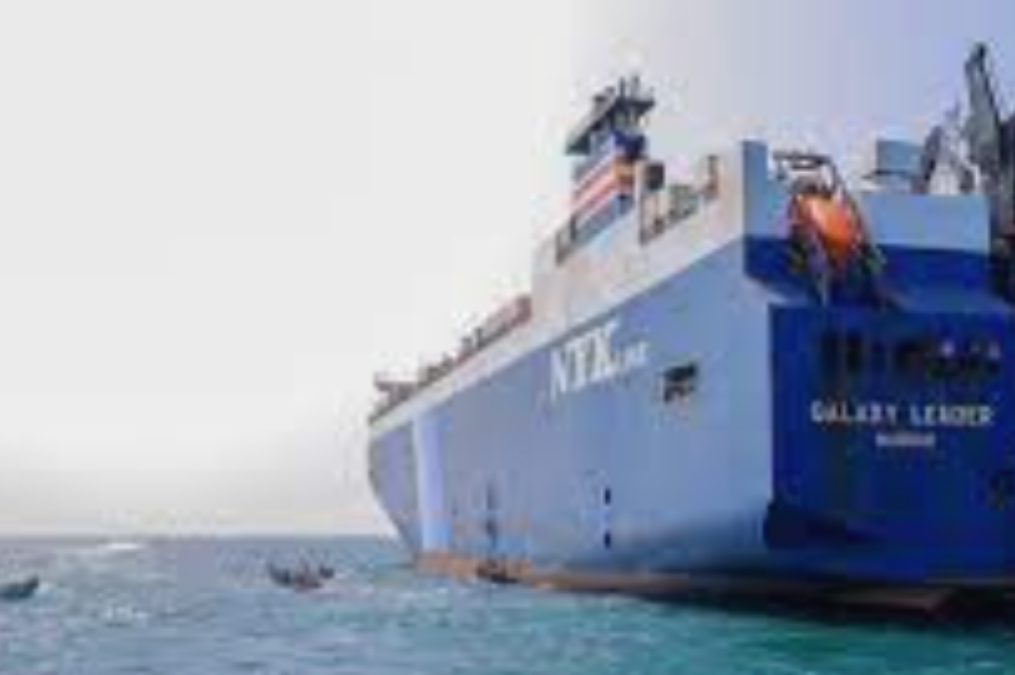Strategic chaos: Houthi attacks on Red Sea shipping raise global trade concerns
In a troubling week ending on Sunday, 17 December, Houthi militia targeted merchant ships in the Red Sea and Gulf of Aden, creating chaos along the critical Bab-al-Mandeb route. With around 12 ships attacked since October 7, major shipping companies like Maersk, MSC, and Hapag-Lloyd have halted voyages through the region. The strategic importance of the Red Sea, Gulf of Aden, and Suez Canal as a chokepoint becomes evident, prompting concerns about disruptions to global trade. Analysts warn of potential dramatic increases in ocean freight shipping rates, up to 100%, if the Suez Canal faces prolonged disruption. Some shipping firms are rerouting vessels via the Cape of Good Hope, adding up to 10 days of sailing time. The U.S. and NATO allies consider increasing naval presence in the area to mitigate risks. The situation’s potential risks include higher oil prices, affecting petrol and diesel costs, as well as increased expenses for goods, materials, and components. While the closure of the Suez Canal is deemed unlikely at present, any disruption could lead to consequences on a scale comparable to the 2021 Ever Given incident, causing significant disturbances to global trade.
Sign up for your early morning brew of the BizNews Insider to keep you up to speed with the content that matters. The newsletter will land in your inbox at 5:30am weekdays. Register here.
Red sea developments (17-12-2023)
From the Centre for Risk Analysis
- Through the week ending Sunday, 17 December, Houthi militia (in Yemen) launched missile and drone attacks on merchant ships passing through the Red Sea and Gulf of Aden, especially along the Bab-al-Mandeb route;
- Red Sea, Gulf of Aden, and Suez Canal are a critical chokepoint;
- Around 12 ships have been attacked since 7 October;
- Maersk has paused voyages through the region, as has MSC, and Hapag-Llloyd;
- Restrictions in the Panama Canal make the Suez Canal all the more important for global trade;
- More than 50 vessels traverse the Suez daily, with billions of dollars’ worth of goods heading to North Europe, the Mediterranean, and the East Coast of North America;
- Some shipping companies are rerouting vessels away from the area, including via the Cape of Good Hope – but this adds up to 10 days of sailing time;
- Peter Sand, Chief Analyst at Xeneta, a leading ocean freight shipping data and intelligence platform: “We may also see the cost of moving freight by ocean increase dramatically. Depending on the scale and duration of any disruption at the Suez Canal, we could see ocean freight shipping rates increase by anything up to 100%”
- Possibility that US, and some NATO allies, could increase naval presence in the area;
- As of 16 December it appeared that the Carrier Strike Group 2, led by the USS Dwight D. Eisenhower, was departing from the Arabian Sea and headed towards the Gulf of Aden;
- Risks: Increased oil prices (downstream, increased petrol and diesel prices), higher costs of goods, materials, and components;
- Biggest risk: Closure of Suez Canal (unlikely at time of writing), disruptions to global trade similar in scale to the 2021 Ever Given incident;
Read also:
- US halts 14 Houthi drones in Red Sea; shipping giants divert routes
- 🔒 From the FT: Putin’s good friends in America
- 🔒 Ending stagnation report reveals Britain’s economic decline, urges critical reforms – Matthew Brooker
Visited 273 times, 273 visit(s) today
Cyril Ramaphosa: The Audio Biography
Listen to the story of Cyril Ramaphosa’s rise to presidential power, narrated by our very own Alec Hogg.
Narration by Alec Hogg

